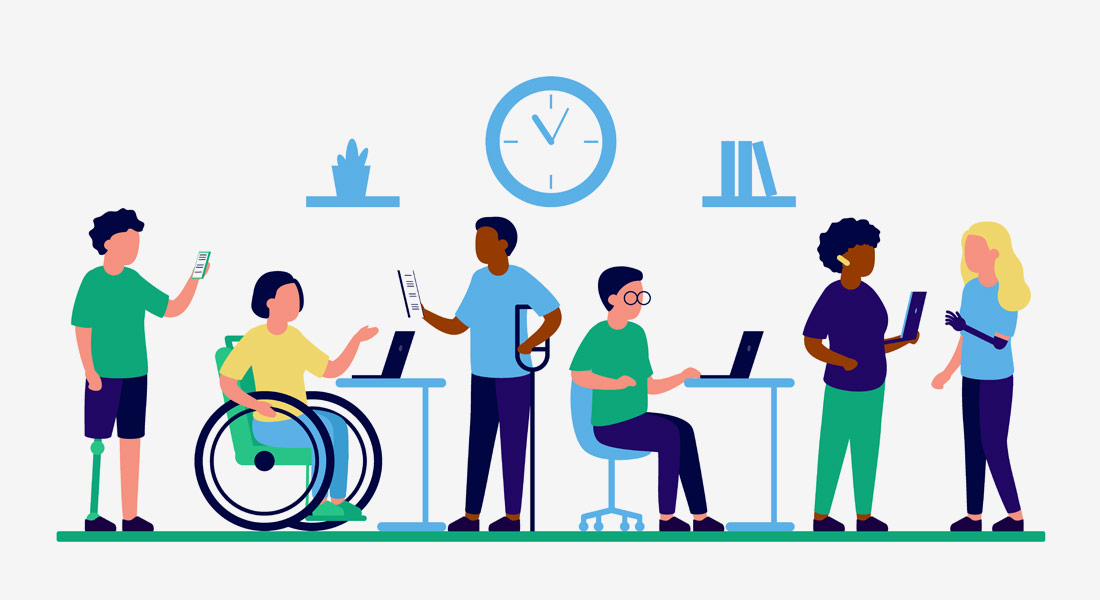Inclusion & Inclusiveness
Julia Trattnig | 29 September 2021
The Cambridge dictionary defines inclusion as
“the act of including someone or something as part of a group, list, etc. or a person or thing that is included”.
More specifically related to social sciences, inclusion is understood as
“the idea that everyone should be able to use the same facilities, take part in the same activities, and enjoy the same experiences, including people who have a disability or disadvantage”
(Cambridge dictionary).
This means that inclusion is strongly linked to the concept of equal opportunities to include as many people as possible to participate or be represented. For example, it means to provide elevators and staircases so that wheelchair drivers can enter the same building facility.
Inclusion can also be understood as a process that tries to involve and value differences between individuals and groups. These differences, i.e. this diversity of people, is seen as a strength which helps to create a culture that links and empowers individuals to enable them to fully contribute and participate.
Inclusiveness is the outcome of the process of inclusion.
- That means that inclusion uses diversity as a resource to enhance inclusiveness.
- Inclusiveness is also the ability of a community to include all its members and avoid excluding any of them.
- It thus further means the integration of all members in systems, decision-making processes and actions
(Talmage, 2017).
References
Cambridge dictionary: Inclusion. URL: https://dictionary.cambridge.org/de/worterbuch/englisch/inclusion [06.08.2020].
Talmage, Craig/Knopf, Richard C. (2017): “Rethinking Diversity, Inclusion, and Inclusiveness: The Quest to Better Understand Indicators of Community Enrichment and Well-Being”. In: Kraeger, P. et al. (2017): New Dimensions in Community Well-Being. Springer Int. Publishing. DOI: 10.1007/978-3-319-55408-2_2, p. 7-27.

